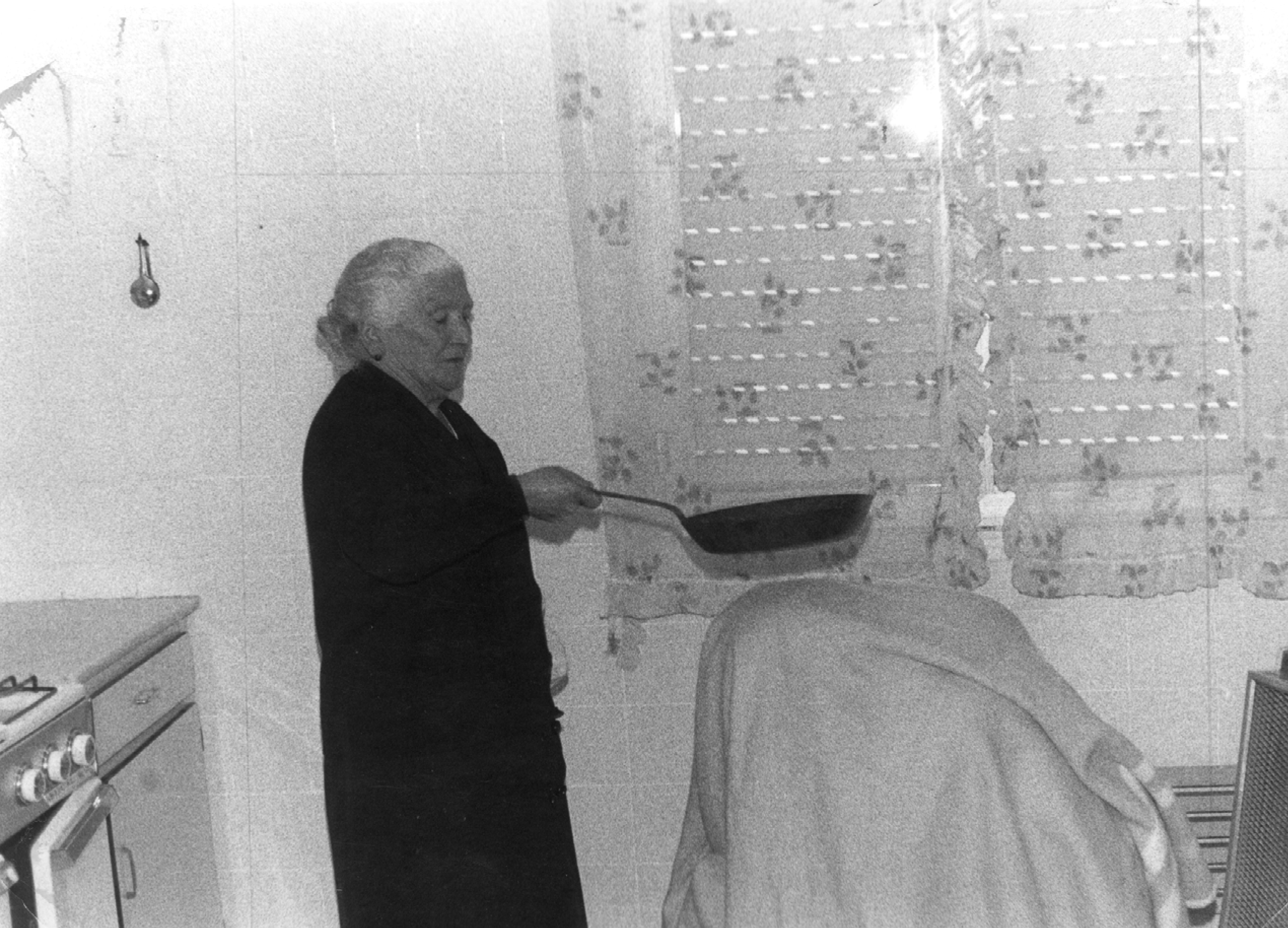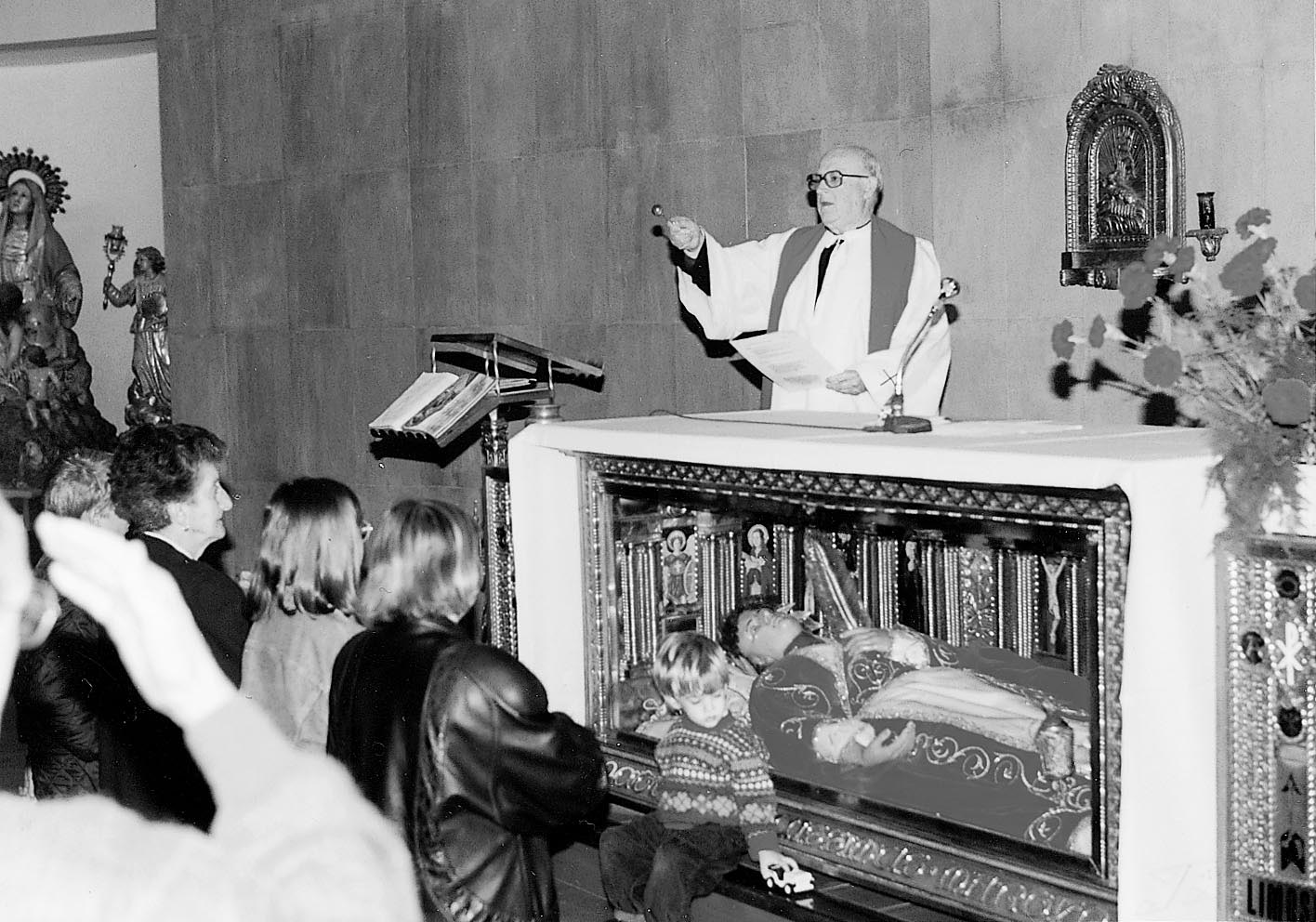Basque ethnography at a glance
This post is complementary to a previous one (7.4.2017) on this blog dealing with the evil eye.
There were a number of sanctuaries in the Basque Country specialised in the treatment of the evil eye which have in recent years lost relevance due to the fading of religious beliefs. The best known have been Our Lady of Incantations in Arbeiza, close to Estella in Navarre; Roncesvalles, also in Navarre; the parish church of Olaberria in Gipuzkoa; Barria in Álava, until the nuns moved away in 1973; Urkiola in Bizkaia, where “the sick, possessed, spiritually haunted and cursed” were taken, St Peter’s in Zarikete or St Felicísimo’s in Bilbao.
Magic cure for the evil eye
There is a transferable magical remedy once practised in several areas in Bizkaia and already disappeared. It is a very long and complex ceremony called begizkunearena in the coastal communities of Bizkaia. The healer blesses the room where the magic ritual will take place. She heats tin in a pan until it melts. She covers the person that has been given the evil eye with a thick blanket or a sheet, and holding the pan with the melted tin in it, makes three crosses over the patient while saying “In the name of the Father”. Next she pours the tin into a bucket containing a bit of blessed water. Tin hardens in contact with water and acquires intricate shapes which the healer interprets as she repeats the process up to nine times. She reads each tin formation and lets the attendees know whether the affection resists or is leaving. By looking at the shape of the last helping of tin, she is able to intuit if the patient is cured and the psychological relief it provides.
Analysis and interpretation
Back in the Middle Ages and early Modern Age, some doctors considered the evil eye to be a real and existing pathology. There are even medical books dedicated to it, such as the work titled Libro del Ojo [Book on the Eye] by Dr Chanca published in 1499. However, we must not lend credence to the actual existence of this pathology, nor should it be treated as a parapsychological phenomenon. It should perhaps be catalogued as a social affliction associated to envy with slight psychological or psychiatric affectations applicable to depressive neurosis. In any case, this popular condition carries specific sociocultural connotations that keep it outside any scientific framework.
Anton Erkoreka – Etniker Bizkaia – Etniker Euskalerria Groups
Translated by Jaione Bilbao – Language Department – Labayru Fundazioa
References for further information: Popular Medicine, part of the Ethnographic Atlas of the Basque Country collection; and Erkoreka, Anton. Begizkoa. El mal de ojo entre los vascos. Bilbao: Ekain, 1995. https://www.ehu.eus/documents/1970815/2421082/Mal+de+Ojo+-+Begizkoa



